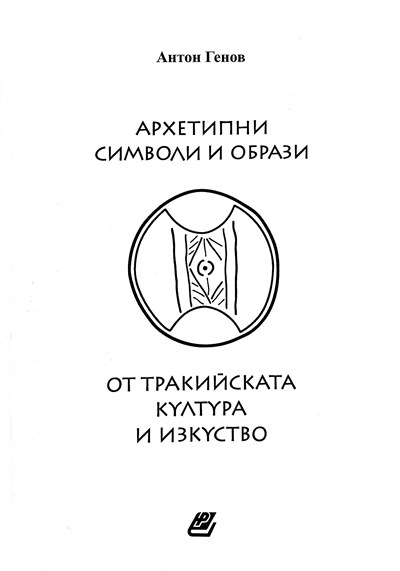
Summary
The research
is interdisciplinary and crosses the scientific fields of cultural
history and psychology. The theoretical basis of the text is the
works of Carl Gustav Jung and his followers. Jung defines the
archetypes as universal images that have existed since ancient
times and find strong expression in myths and magical tales. The
study follows the concept that if a phenomenon is universal, it is
an expression of an archetype of the collective unconscious. The
starting point for applying the concept is the culture of Ancient
Thrace.
The first chapter is devoted to the archetype of the
"Mother", which finds projections in the images of female deities.
Without prejudice to the thesis of the social order of society and
the outdated cabinet concept of matriarchy, the presence of a huge
number of artifacts from the Paleolithic, Neolithic and
Chalcolithic periods representing the image of a female deity is
emphasized. This, in turn, signals the early-formed fundamental
role of this mental and mythological construct and predetermines
its durability.
In the second chapter, the images of the active, fighting,
surviving side of the male principle are examined, as projections
of the archetype "Divine Child", "Hero-Child". In a Thracian
context, this image is analyzed in relation to the mythologizing of
the image of the ruler.
A third chapter is dedicated to the "retired hero". He is
considered as a separate archetypal image - the so-called image of
the "wise old man", the "hermit". This image lies on the border
between the transcendent and the divine.
In the fourth chapter, the mythologeme "holy marriage" is
analyzed as an archetypal allegory of the relationship between the
masculine and the feminine in myths.
The text of the fifth chapter presents the megalithic and
rock-cut monuments, analyzed through the perception and impact of
sacred spaces.
First chapter is devoted to the
archetype of the "Mother", which finds projections in the images of
female deities. Without prejudice to the thesis of the social order
of society and the outdated cabinet concept of matriarchy, the
presence of a huge number of artifacts from the Paleolithic,
Neolithic and Chalcolithic periods representing the image of a
female deity is emphasized. This, in turn, signals the early-formed
fundamental role of this mental and mythological construct and
predetermines its durability.
In the second chapter, the images
of the active, fighting, surviving side of the male principle are
examined, as projections of the archetype "Divine Child",
"Hero-Child". In a Thracian context, this image is analyzed in
relation to the mythologizing of the image of the ruler.
A third chapter is dedicated to the
"retired hero". He is considered as a separate archetypal image -
the so-called image of the "wise old man", the "hermit". This image
lies on the border between the transcendent and the divine.
In the fourth chapter, the
mythologeme "holy marriage" is analyzed as an archetypal allegory
of the relationship between the masculine and the feminine in
myths.
The text of the fifth chapter
presents the megalithic and rock-cut monuments, analyzed through
the perception and impact of sacred spaces.